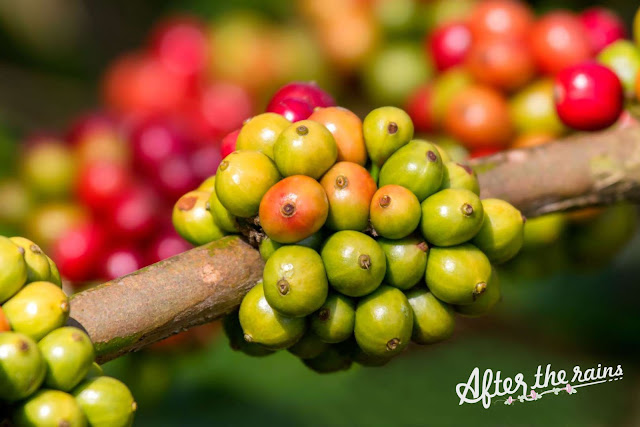Role of Tribes in Wayanad Tourism
The first thought of tribal tourism brings the picture of Wayanad into one’s mind. The major chunk of the tribal population of Kerala lives in the Wayanad district with approximately 2.5 lakh. The tribes of Wayanad are one of the oldest tribal groups in the country. The culture of a place is a reflection of its society about their traditions, festivals and arts. It tells us about the people of the place, their lifestyle and their beliefs. The various tribes present in Wayanad add vibrancy to the place. They have a different lifestyle compared to others and they have a rich legacy of arts and crafts –be it music, dance, ornamentation or handicrafts. Their arts are inspired by the natural themes, motifs and materials. They have separate music instruments made of bamboo and wood.
The culture of Wayanad is related to the tribal culture. The characteristic feature of Wayanad is the high population of the tribal community. The leisure and the mesmerizing hill of Northern Malabar in Kerala, Wayanad is situated above the sea level at an altitude in between 700 to 2100 metres, is where a number of various tribal communities reside. These tribal communities are categorized into the Adiyas, Kattunayakans, Kurichiyans, Kurumas, Ooralis, Paniyas, and Uraali Kurumas etc. The main tribal art forms are Vattakali, Koodiyattam, kolkali and Nellukuthu pattu. They are experts in various farming methods and using herbal medicals for treating any illness.
Various tribal sects are:
The Kattunayakans:
The word Kattunayakan refers to the King of the jungle derived from the words “Kattu” and “Nayakan”. These kings were generally indulged in the collection of forest products. They are experts at collecting honey from the trees in the forest and so they are also called as Ten Kurumars. They speak a language that is a mixture of different Dravidian lingo. Their physique resembles the features of a perfect hill tribe.
The Adhiyas:
The Adiya, like the Paniya, is one of the slave sects in Kerala. In the nuclear Adiya tribal family, the husband is the head of the house. Bride price is given to the parents of the bride by the groom. Divorce, widow marriage etc., are permitted. Polygamy is also practised.
The Paniyans:
Paniyas, as their name indicates were workers and during earlier times, the landlords used to sell them as bonded labour, along with the plantations. Now they work as paid farm hands. A majority of the tribes seen in Kerala belong to this tribe and they constitute about 70 percent of the tribal population in Wayanad.
The Kurichiyans:
These are an agricultural community. These tribe sects have been practising untouchability for quite some time until recently. These tribes give a great deal of importance to cleanliness and are careful about eating clean and hygienic food. They keep their home, premises and clothes clean. `They are not interested in any other kinds of marriage alliances as they all prefer getting married to their cross-cousins and polygamy is not allowed here.
The Uraali Kurumas:
Uralikuruma, the most versatile and colourful tribal people, is one of the rarest artisan tribes in Kerala. These tribe sects are found only in Wayanad. They have the liberty to choose their spouses from their tribe. They play flute and drum during festivals. One of their deities is 'Bettu Chikkamma' and an old man performs rituals before the deity and women are not allowed to participate in these ceremonies.
Visit Wayanad during the occasion of the tribal festivals to enjoy some different experiences. Tribal tourism is becoming an important activity in Wayanad. Know more about the culture and tribes of Wayanad and create some unforgettable moments. Book your favourite resort in Wayanad and enjoy your holidays.



This comment has been removed by the author.
ReplyDeleteGreat post.
ReplyDeletehttps://www.producthunt.com/@aditya_mathur4